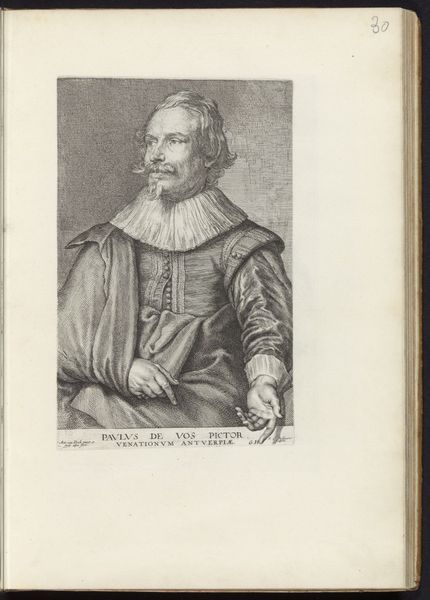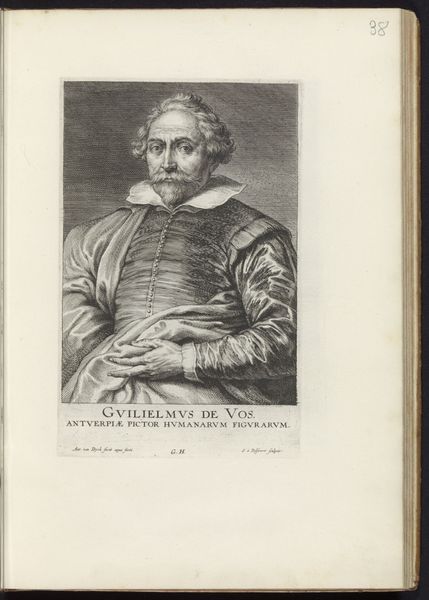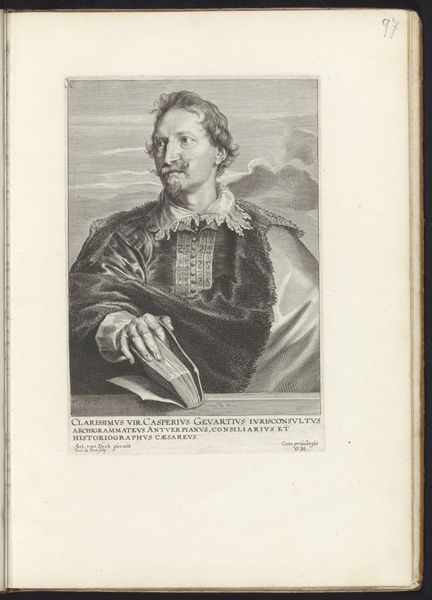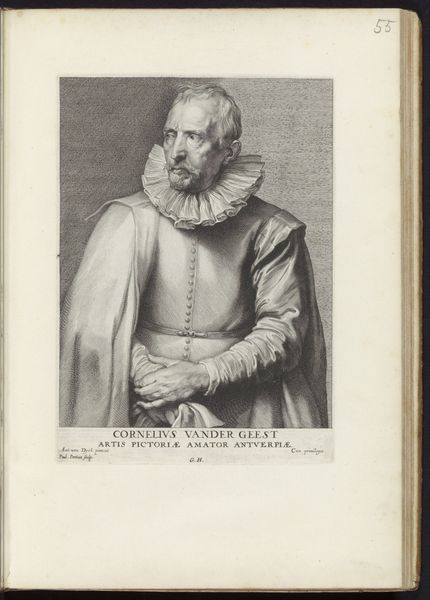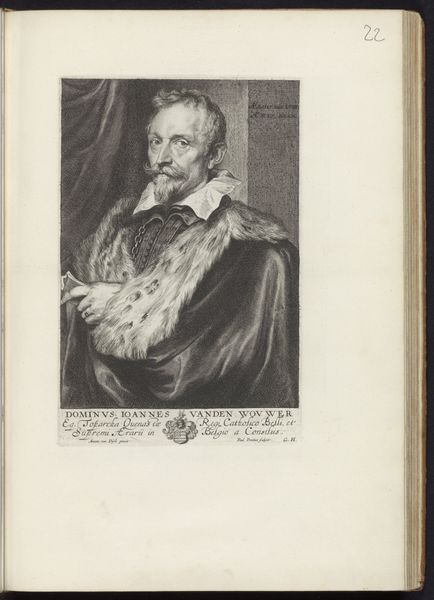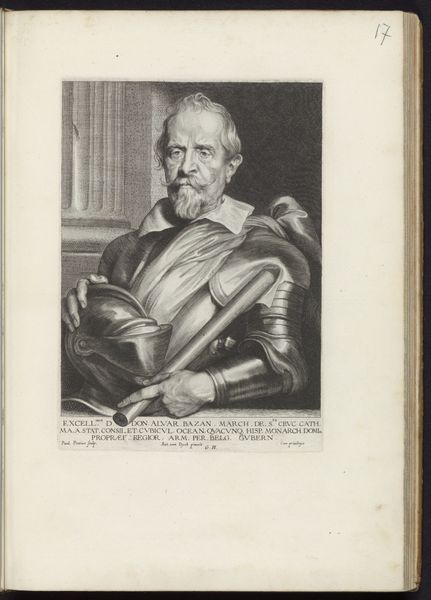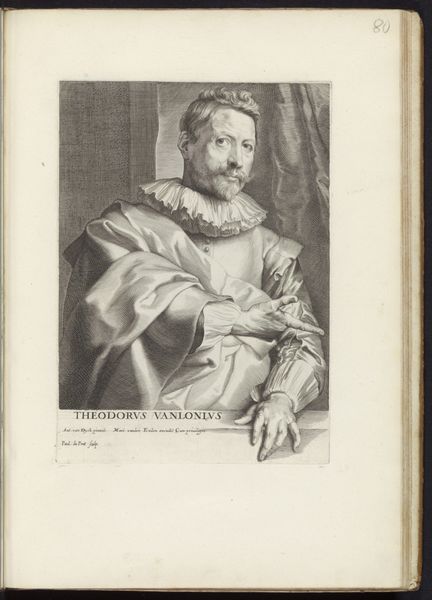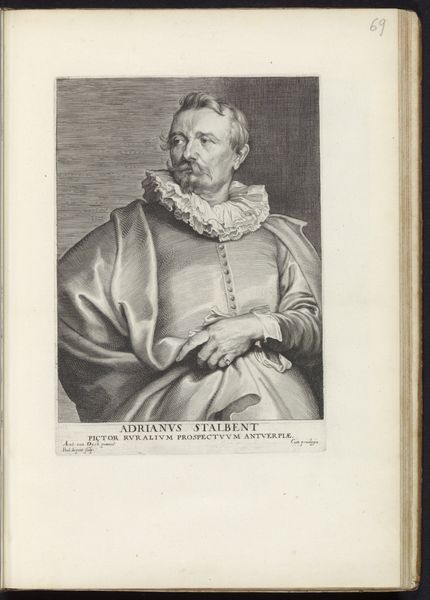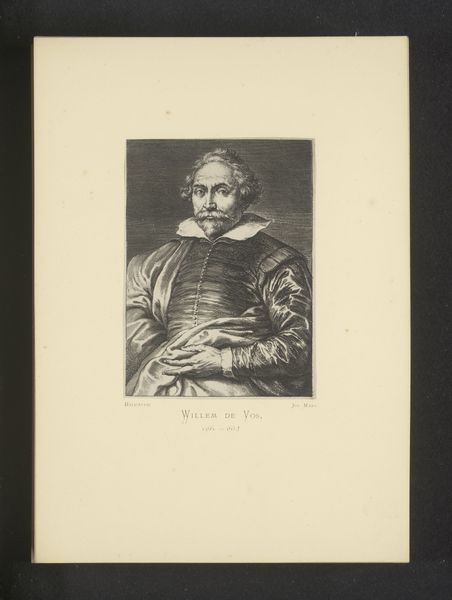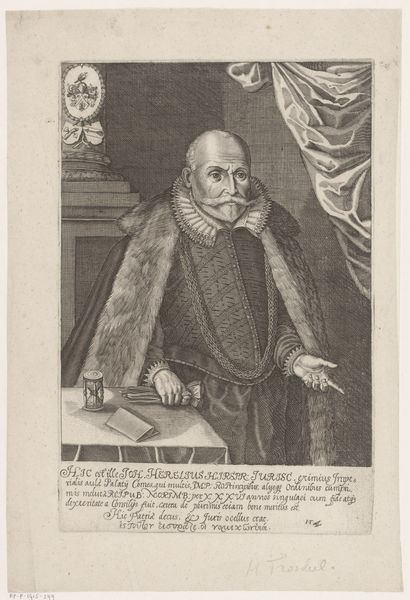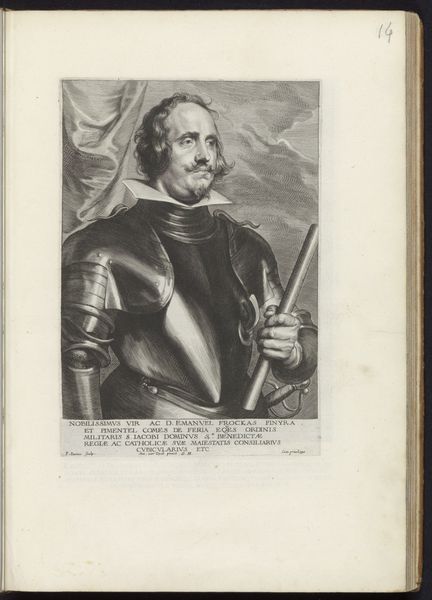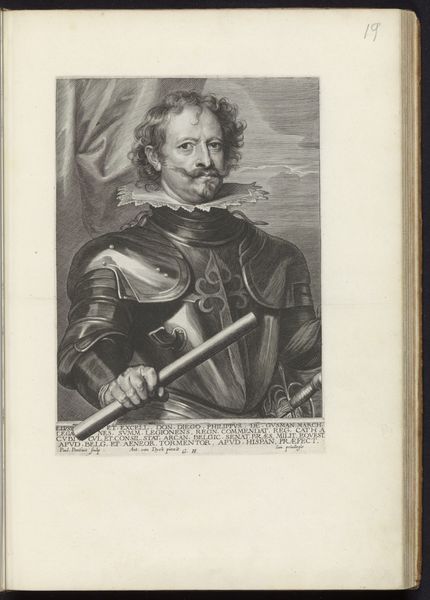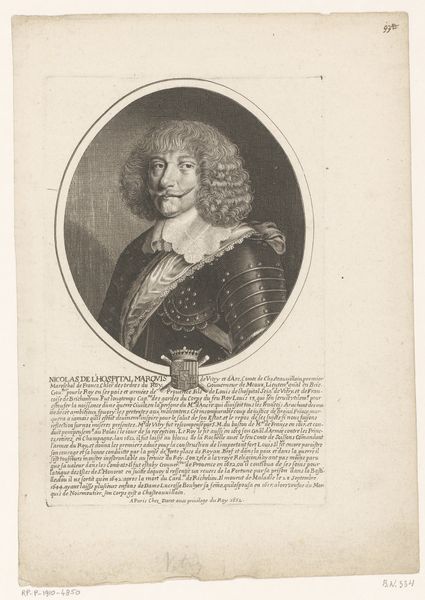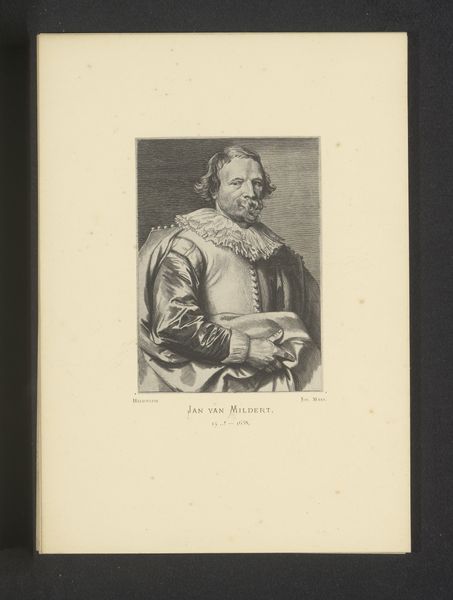
#
pencil drawn
#
aged paper
#
toned paper
#
light pencil work
#
pencil sketch
#
portrait reference
#
pencil drawing
#
portrait drawing
#
pencil work
#
pencil art
Dimensions: height 245 mm, width 174 mm
Copyright: Rijks Museum: Open Domain
Curator: Looking at this sketch, I’m struck by its delicacy, its sheer… understatement. The sitter appears both grounded and ethereal, doesn't he? Editor: Indeed. I’m drawn to the texture, or lack thereof, in some areas. Notice how the drapery seems to vanish into the toned paper. Let’s tell our listeners that this is "Portret van Paul van Halmale," a pencil drawing likely created between 1630 and 1646 by Pieter de Jode the Younger. It resides here at the Rijksmuseum. Curator: Thank you. De Jode has captured something essential here. This is a portrait not just of a man, but of a station, an era. Look at that ruff. The light pencil work feels as if it traces a cultural memory. Halmale seems to be both contained by and emanating from his societal role. Editor: It's intriguing how the "nobility" is conveyed, mainly with this ruff you mention. The repetitive, painstaking creation of that lace symbolizes labor itself and speaks to a whole industry around fashioning status in this era. It is the age of conspicuous consumption. Curator: And think of what the ruff *meant*. Piety, certainly. Status, as you suggest. Restraint. Almost an enforced modesty… though its impracticality screams privilege, of course. These symbols are heavy. Editor: How was the paper prepared, and by whom? How was the graphite sourced, traded, prepared for drawing? These drawings circulated – sometimes as reproductive prints—becoming essential material for building and disseminating particular kinds of image and eventually, ideology. The web is larger than the final work suggests. Curator: Exactly! The image is not isolated; the hand has a voice too! This isn't simply an individual depicted, it is an interaction of symbol and surface. I love thinking about how layered a single pencil stroke can be, not merely in execution but in its resonating impact, through the artist's hand but also across time. Editor: Absolutely, there is plenty to consider about the physical presence and making of this powerful artwork. Curator: Well, the past certainly comes alive when contemplating these symbolic layers. Editor: And that reflection on how past artistic choices were dependent on materials makes art history truly come alive!
Comments
No comments
Be the first to comment and join the conversation on the ultimate creative platform.
